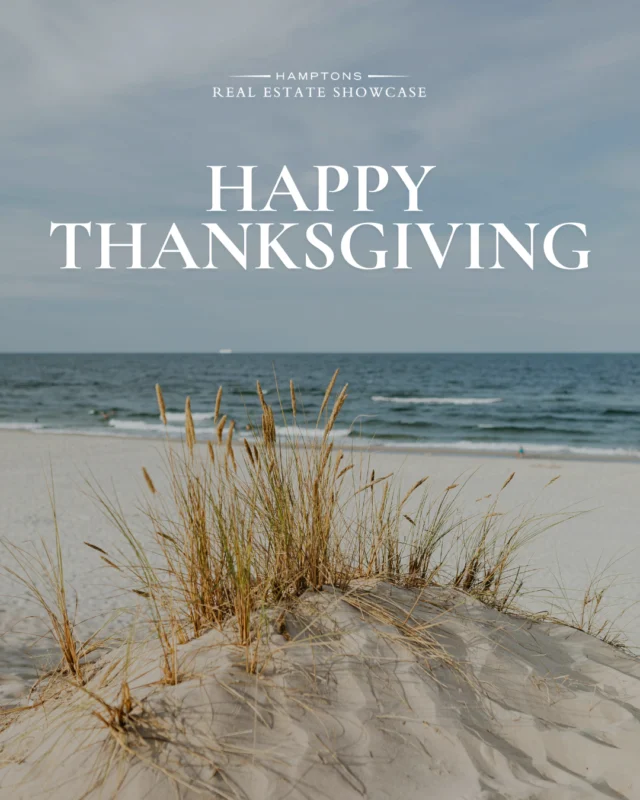The most incredible fact about St. John — the smallest of the three principal United States Virgin Islands, which is located about four miles east of St. Thomas and accessible either by boat or by small plane — is not that it is nicknamed Love City. It is not that donkeys roam its hilly roads, which range in altitude from sea level to roughly 1,000 feet above it, a height that is exploited at the island’s infamous 8 Tuff Miles road race, held each February. It is not the fact that Renée Zellweger’s infamously short-lived marriage to Kenny Chesney took place on one of the island’s pristine beaches (the singer is one of many well-heeled notables with a home on the laid-back island).
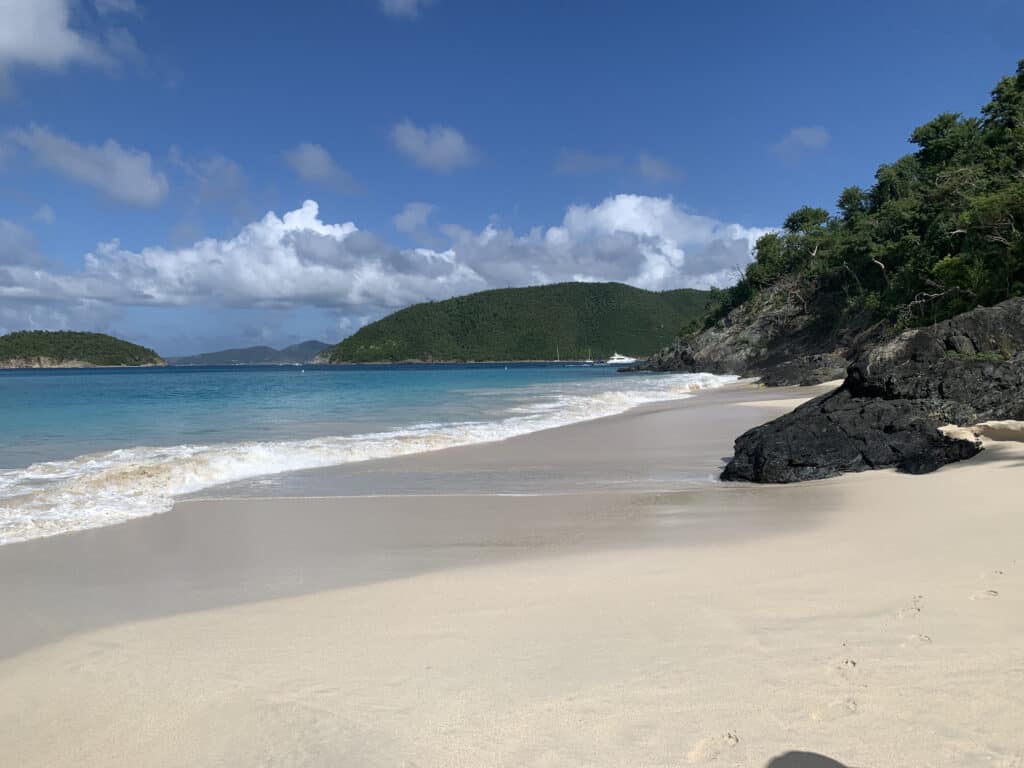
The most incredible fact about St. John, actually, is the fact that, in 1956, Laurance Rockefeller, an American businessman, conservationist, and the son of Standard Oil co-founder John D. Rockefeller, Jr., donated his private lands to the United States’ National Park Service, with the provision that the lands must be protected from future development. The sole exception — the Caneel Bay Resort — operates on a lease agreement with the park service, which owns the land on which the resort sits. Sixty percent of St. John’s acreage is national park, and a great deal of the island’s waters, coral reefs, and shoreline have been protected by this provision. The island remains one of the world’s most astounding ecological preserves in the world, all because one man saw the future.
Three years after the battering of Hurricane Irma, St. John is starting to come alive again. Caneel Bay has not yet reopened, itself in the center of a debate regarding a lease agreement and an insurance claim, which both locals and tourists hope will someday work itself out. In the meantime, the island’s casual vibes and sandy spits lend themselves to long, languid days of lounging. St. John is by no means St. Barth’s. If anything it’s the distinct opposite, an island where nature has been encouraged to take over: donkeys wander, traffic (on the British side of the road, irrespective of the American territory) meanders, snorkelers head out to find a turtle or two, friends catch the last lip of a setting sun with a painkiller before heading out to dinner. No shoes? No worries.
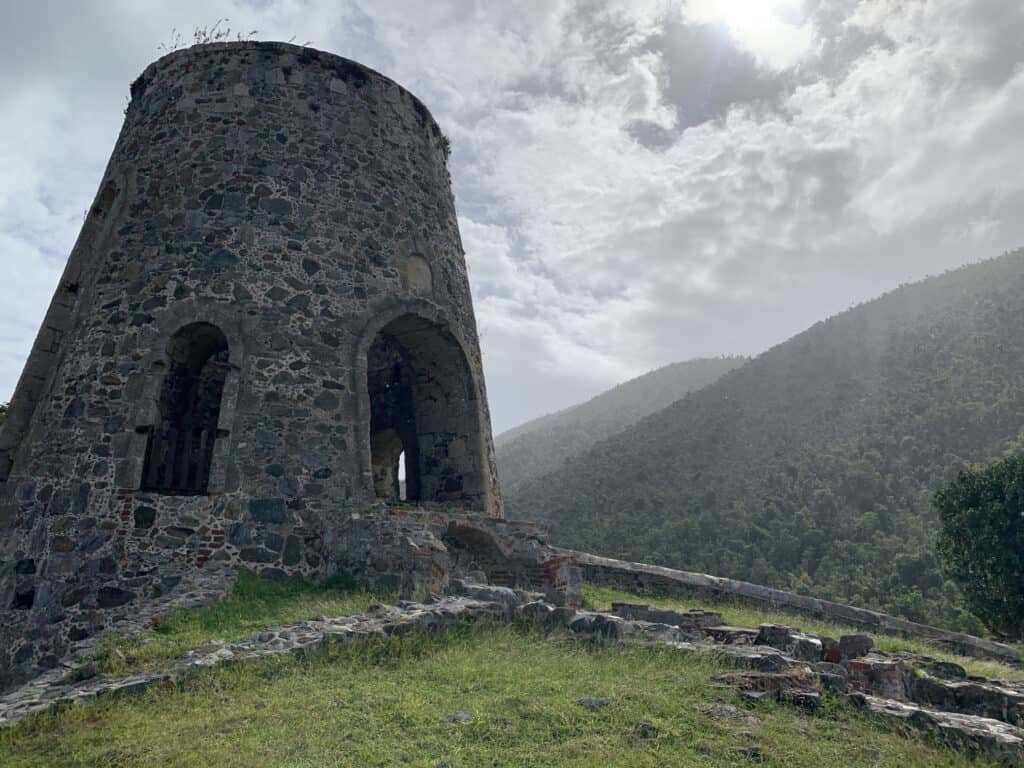
Rockefeller’s forward thinking has kept the reefs alive, too. Sunscreen and global warming and widespread environmental crises have impacted reefs throughout the world, but on St. John they still feel more vibrant than anywhere else I’ve seen in recent memory. Around Honeymoon Bay, a lurking barracuda has been stalking his prey for what seems like two decades now. The sea turtles are still dining at Maho Bay. The spotted eagle rays are still floating through space, long, graceful, like birds. Tarpon are big enough to take your breath away.
Nature finds its way into every setting on St. John. In Coral Bay, the island’s sleepier town, restaurants are outdoor-oriented. Even a little late-afternoon rain can’t prevent the whimsy of a meal at Rhumb Lines, where colorful canopies, bespoke pillows, and potted plants evoke a cozy terrace. The road is right outside, and lucky onlookers might chance upon a flock of wayward chickens or, yes, even a donkey or two crossing the road. Such is the intersection of nature and everything else on this boundary-less island.
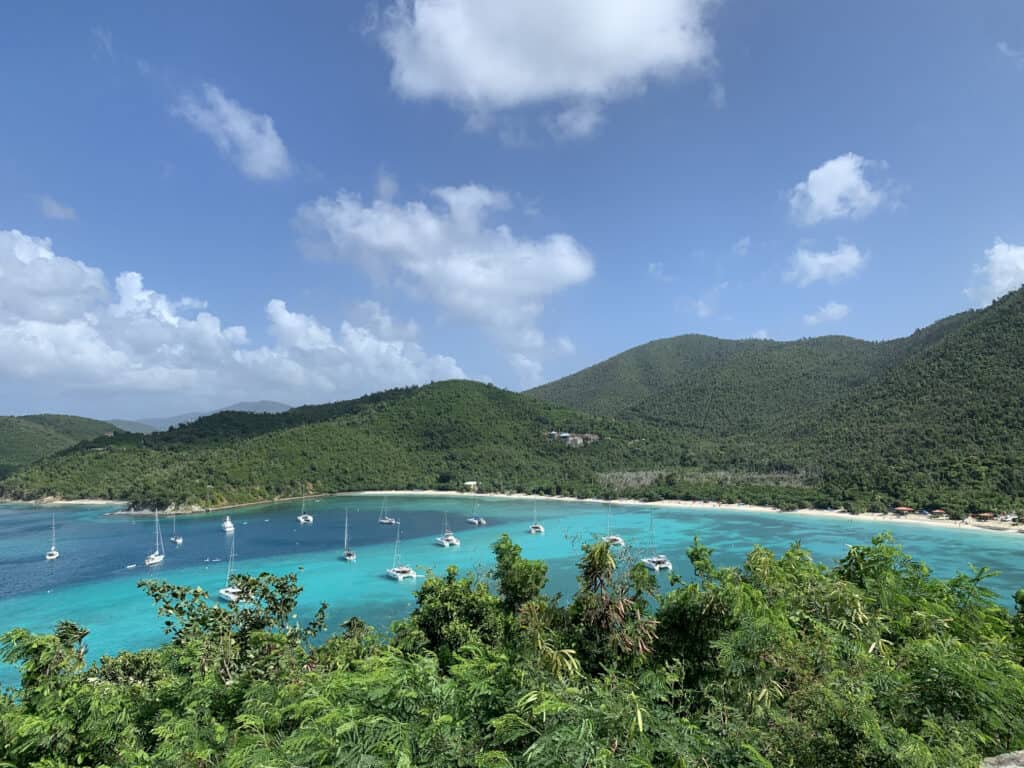
Perhaps nowhere is that unparalleled joy more apparent than from the beach. Look up from a spot of sand and you see — well, nothing, in fact. No high rises, because you cannot build them. The island has not a single massive hotel, ever since the Westin converted to timeshares. Instead, the beaches betray nothing besides rolling mountains of green, a peculiar delight for those who have traveled far and wide through a Caribbean known for its abundance, luxury, and over-accommodation. So plan your future trip to St. John. You won’t need much. Nature has you more than covered.








![Festive flavors, candlelit corners, and winter menus worth the splurge 🍷 This season’s dining scene brings elegant French favorites, seasonal seafood, and cozy classics to the East End table. Whether it’s brunch, dinner, or something in between, these spots are celebrating the holidays in style. [link in bio]](https://hamptonsrealestateshowcase.com/wp-content/uploads/sb-instagram-feed-images/589526657_18551254843030135_4235854489711269175_nfull.webp)

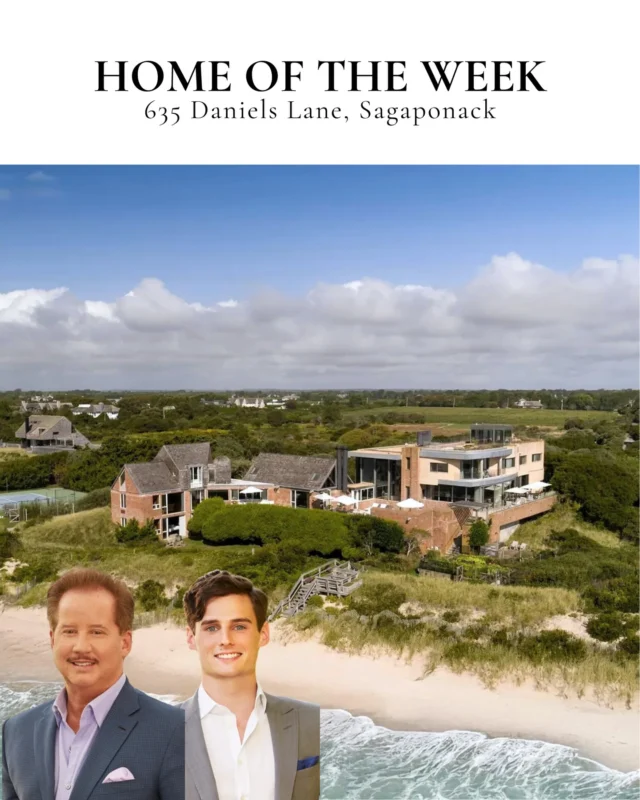

![Space reservations are closing soon for the Holiday / New Year Issue of Hamptons Real Estate Showcase 🎁 This double issue comes with expanded reach, now landing in South Florida as well. Start the new year with premium visibility among luxury homeowners from the Hamptons to Miami. [link in bio]](https://hamptonsrealestateshowcase.com/wp-content/uploads/sb-instagram-feed-images/588642217_18550541596030135_1974828802096238970_nfull.webp)
![Holiday hosting is all about the details 🕯️ This season’s tabletops mix nostalgic charm with fresh touches. Think layered textures, seasonal greens, and flickering candlelight. Whether it’s a quiet dinner or a festive feast, there’s beauty in every setting. [link in bio]](https://hamptonsrealestateshowcase.com/wp-content/uploads/sb-instagram-feed-images/587562593_18550195297030135_5307983913708101790_nfull.webp)
![There’s no shortage of thoughtful, design-forward gifts to discover across the East End this season 🎁 Whether you're shopping for a hostess, a homebody, or someone who simply loves beautiful things, we’ve rounded up a few local finds that are sure to surprise and delight. [link in bio]](https://hamptonsrealestateshowcase.com/wp-content/uploads/sb-instagram-feed-images/587623967_18550040371030135_5392968951052147490_nfull.webp)
